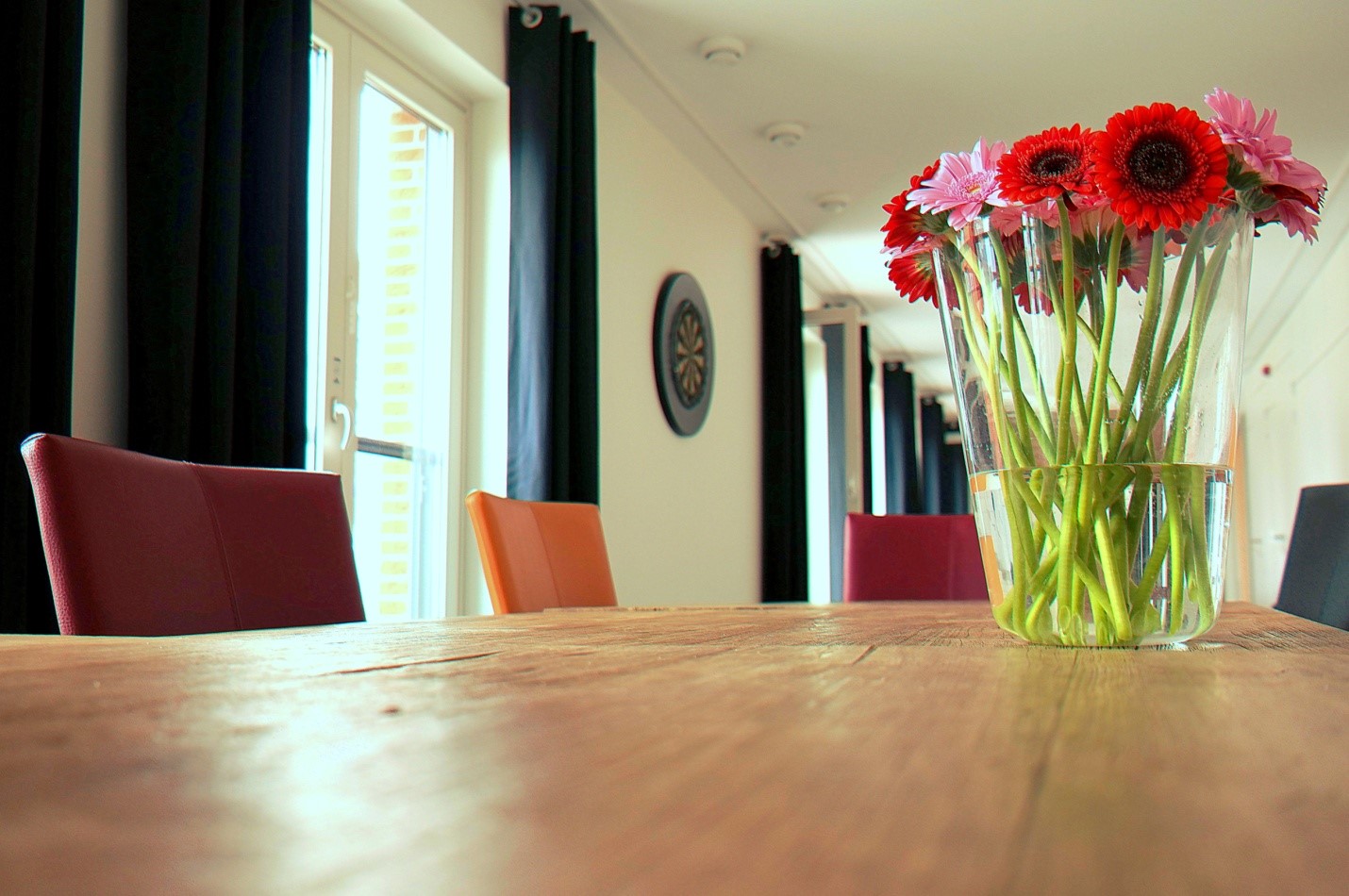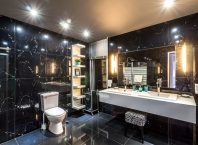Who does not want to have a perfect desk? The problem is that professional workstations are often too expensive. Building a DIY desk is an excellent way to get exactly what you want and improve your health and productivity.
Anyone who has ever tried to build a piece of furniture by himself knows how exciting this process can be. Moreover, it helps to save a good deal of money.
To find all qualitative materials within just a few clicks, you can visit progressivedesk.ca. This will save you a lot of time and allow you to immerse yourself in the creation process of your personalized desk.
Contents
How to Create a Productive Workspace?
An optimized work environment is vital for healthy and productive work. If you are interested in improving it, change the atmosphere in your workplace:
- Give your gadgets a home, switch the notifications off;
- Create the right energy;
- Keep your workspace clean;
- Personalize the environment;
- Get some plants for fresh air;
- Create opportunities to move.
- Improve the ergonomics by replacing your old desk with a comfortable new one.
How Much Should a Good Desk Cost?
An average cost of a good computer office desk ranges from $200 to $2.000.
The key factors affecting the price include:
- Storage capacity;
- Finishes (wood veneer or laminate). Wood veneer is considered to be a premium finish option. Laminate finishes are cheaper.
Can I Build My Own Desk at Home?
Before you start online shopping, you will need to determine the key parameters of the workstation:
- Purpose;
- Design;
- Individual measurements of its owner;
Purpose. There are many activities involving the use of desks. Its type conditions the choice of a future design.
Design. Here are the most commonly used designs for DIY desks:
- Standard (a metal framework, covered with a wooden tabletop, used for sitting);
- Standing (a fixed metal frame with a wooden tabletop; it is taller than Standard and allows you to work when standing);
- L-Shaped or Corner (it can be either Standard or Standing; it is the best choice if you want to expand your working area under limited space);
- Wrap Around (can be Standard or Standing either. It is the best match for people, wishing to place more computers for simultaneous work on several projects).
Individual measurements. The standard total height for a table ranges from 28 to 30 inches. This height is suitable only if you are going to sit at it.
If you wish to construct a standing desk, you should invite a friend and take a few easy manipulations:
- Stand up near the wall with your arms relaxed at your sides;
- Bend your elbows so that they form at a 90-degree angle;
- Ask a friend to measure the distance from the floor to your elbow. This will be the ideal height of your desk (the height of the desk frame with a tabletop).
If you want to construct a height-adjustable desk, you should consider the ideal sitting-standing height measurements.
As for length and width, it all depends on the design. Standard desks usually measure 60 inches long and 30 inches wide.
Budget. If you have extra money, you can afford to buy all-new materials and extra-supplements for your DIY desk. Nonetheless, if you are on a tight budget, you can make use of what you have at home.
Thus, you can give a second life to an old wooden tabletop by renovating it. Just take off the old furniture polish, scrape the contact surface until it is smooth, and cover it with a new polish.
Use a drill to bolt adjustable/standard legs to the tabletop. Done!
How to DIY a Standing Desk?
The scientific research shows that standing desks positively affect people’s health. The only problem with them is their high price.
Why not build it by yourself? Thus, you will get a functional workstation at a reasonable price.
To build a standing desk, you will need:
- Single Socket Tee (6 pcs);
- Flange (4 pcs);
- Plastic Plug (4 pcs);
- Gator Tubing of three different types (4 long for legs, 2 short to connect for joining the legs at the sides, 1 long to connect the leg holders, thereby providing stability of the frame).
Apart from the elements required for construction, you will need:
- A pair of work gloves;
- Bubble level;
- Drill;
- Tool kit.
What Should I Put on My Desk?
What things to put on a desk to ensure productive work and reduce the number of distractive factors to a minimum?
Whether you work at home or an office, there is a basic set of necessary items:
- A big monitor;
- A keyboard with wrist rests;
- A mouse with a mouse pad;
- An organizer set;
- A monitor stand/laptop riser;
- File folders;
- A lamp;
There are many video tutorials on building all types of work desks in just a few hours. All you have to do is to determine which one meets your demand best of all.
About Author
Hayley Mann is a technology enthusiast specializing in automation methods of ergonomics devices. Her engineering background helps her to create interesting articles on technical topics, making them understandable for all readers.












